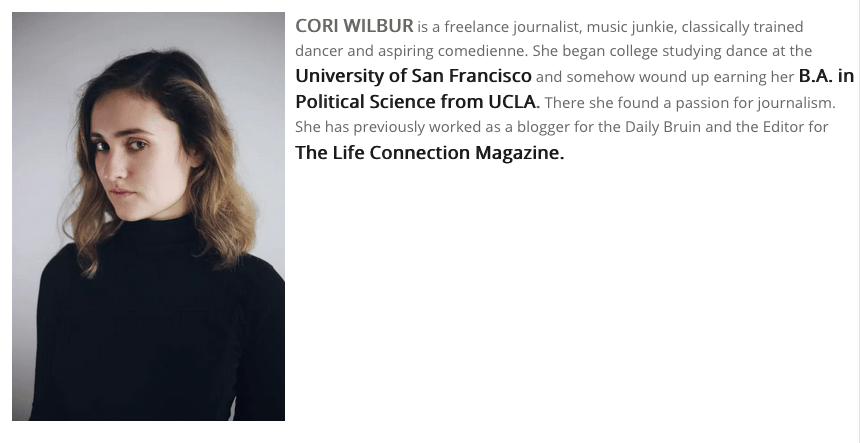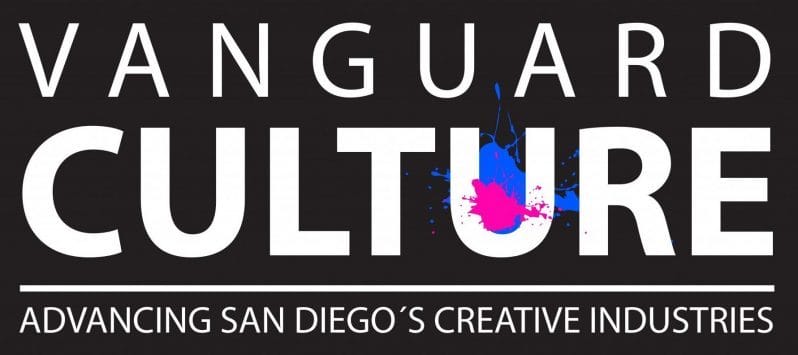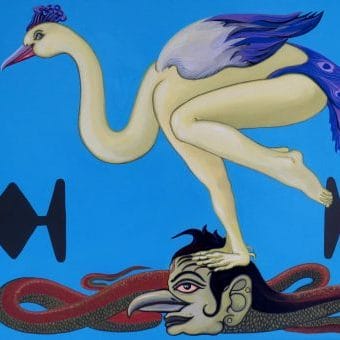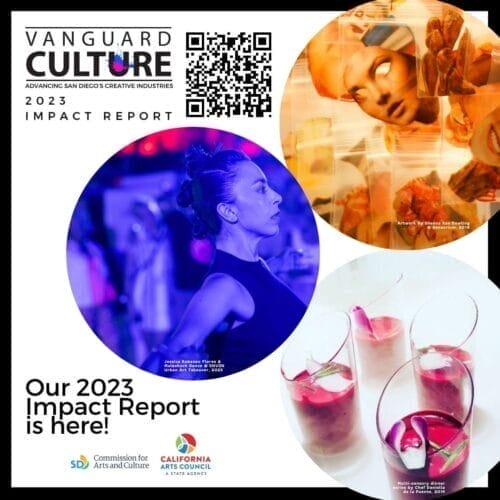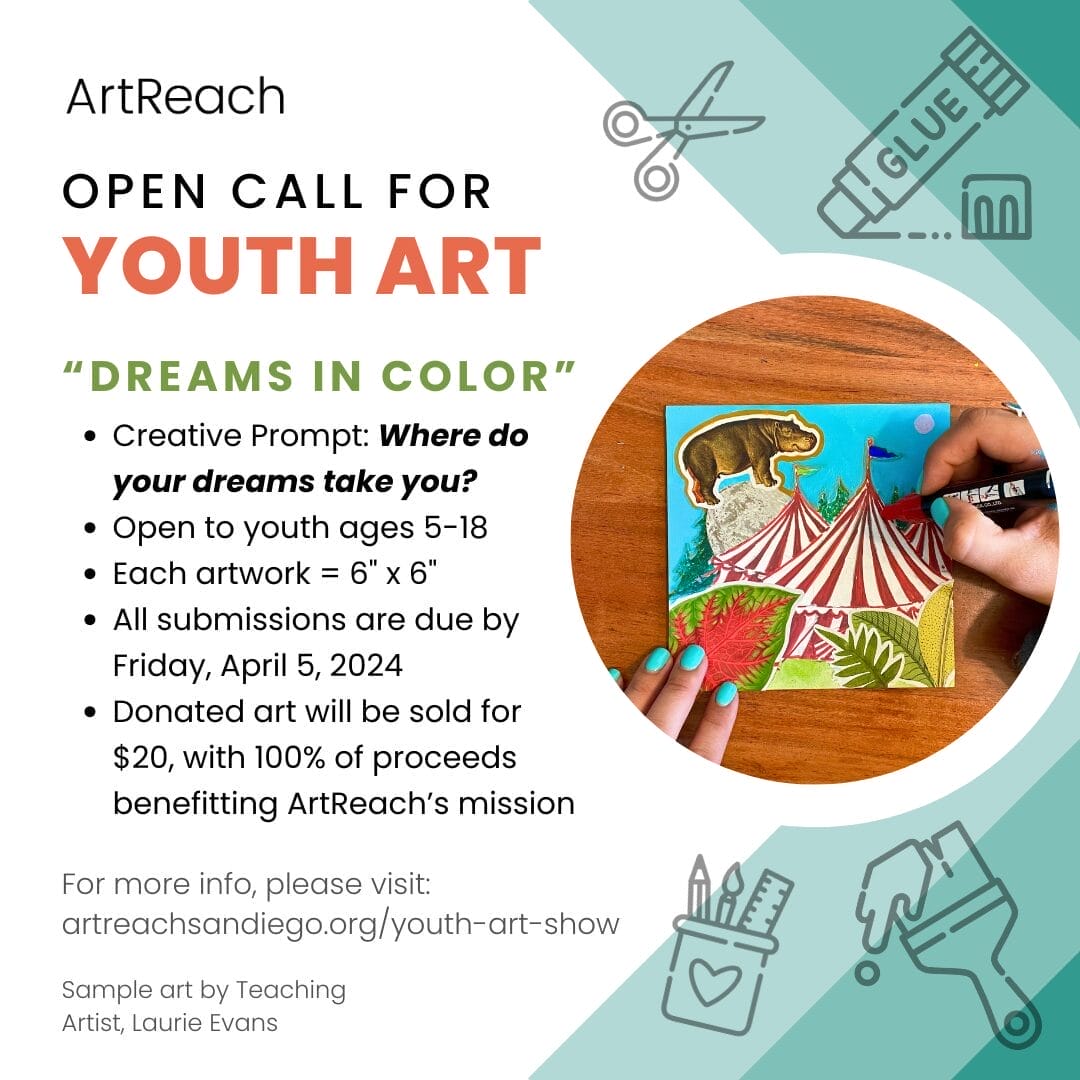An Interview with artist Birendra Pani
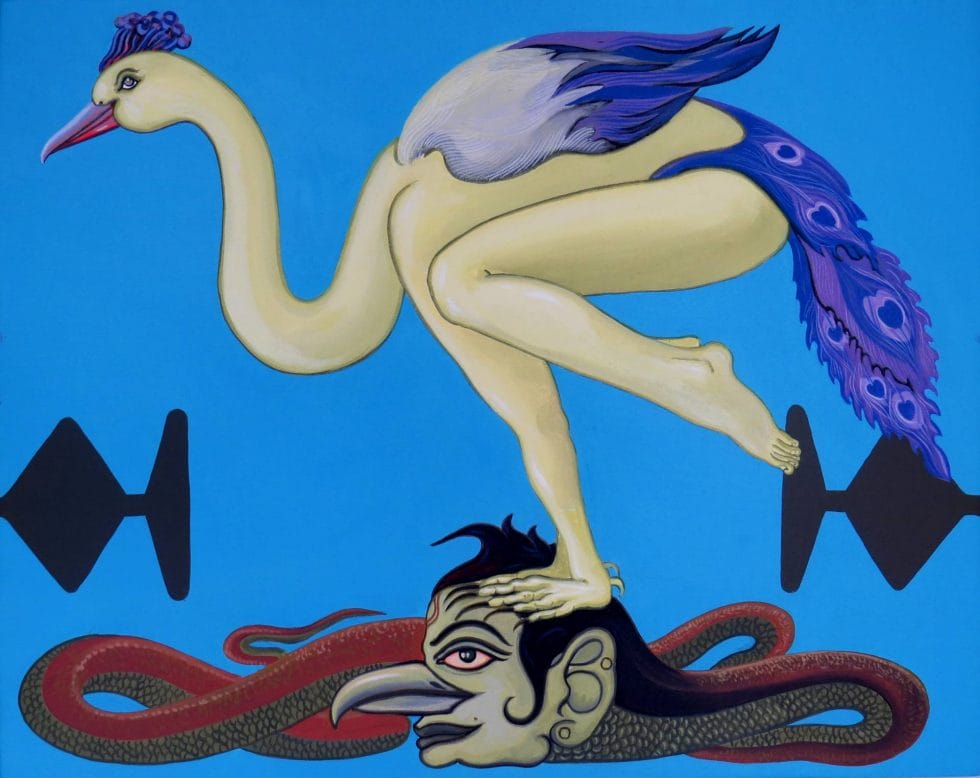
Interview by Cori Wilbur
July 17, 2020
Birendra Pani is a contemporary visual artist from India. He currently lives and works in San Diego and Los Angeles. Pani is the recipient of awards such as the Junior and Senior Fellowship from the Ministry of Culture in New Delhi, the National Award from Odisha Lalita Kala Akademi, Bhubaneswar, First Prize in the All India Art Contest & Exhibition South Zone Cultural Centre in Nagpur, Fifty-Year Post-Independence Art Award in Bhubaneshwar, Odisha, and scholarship from the Visva Bharati University, Santiniketan. Pani has extensively exhibited his artwork in various mediums for solo exhibitions Mahanadi: A Journey through History, Memory and Culture, Soft Subversion: Re-Vision, Boy Dancer-Convergence and Continuum, Risk: The Double Edge of Society and Echo in New York, Bangalore, New Delhi, Mumbai, Kolkata, Vadodara; and more than 300 group exhibitions in New York, Paris, Egypt, London, Switzerland, Seoul, Tokyo, Japan, Egypt, Dubai, New Jersey, Hong Kong, Australia and India. Along with Art Historian and Curator, Dr. Rajashree Biswal, Birendra Pani has co-initiated the cultural initiative New Bridge India.
Pani’s latest exhibition, Urban Avatara: A New Mythopoesis, will be on display at the Fresh Paint Gallery until July 26, 2020
Cori Wilbur: Please tell us about your path towards becoming an artist.
Birendra Pani: My family had a very significant role in my artistic journey. I was born at Bhadrak in the state of Odisha, India, to an artistic family. I was inspired by my father, Prahalada Pani, a self-taught artist and sculptor, and was influenced by jhoti–handmade decorative paintings on the walls and floor made by my mother, Malati Lata Pani. When I was a little older, I was inspired by Odishan literature and tradition, Odishan miniature paintings, Gotipua, Chhau and other folk dances and jatra–local theatre and other art forms. My brothers Raju Ray, Susant Nayak and Sushil Puhan had inspired my interest in modern art and motivated me to join Santiniketan for my art education. My father-in-law Upendra Nath Biswal, mother-in-law Jharana Mala Biswal and my wife Rajashree Biswal have inspired and supported me to continue my professional career as an artist.
As far as my art education influences are concerned, I was inspired by Rabindranath Tagore, the famous novelist, poet, artist, philosopher and Noble Laureate from India. During my study from the renowned institution of Kala Bhavan in Santiniketan, I was deeply inspired by its rich cultural atmosphere as well as literary tradition and guided by eminent artists and teachers like Ramkinkar Baje, Binod Bihari Mukharjee, Somnath Hore, Jogen Chawdhury, K.G. Subramanyan, as well as the social realism of Suranjan Basu, Max Beckman, Kathe Kolwitz, Otto Dix and other German expressionists. Later, during my MFA from the University in Vadodara, I was much influenced by the technical proficiency of well-known print maker Jyoti Bhatt as well as the characteristics of everyday life–spontaneity, sensuousness, caricature, comic and satire– as told by famous artist Bhupen Khakhar and seen in the drawings of Lucian Freud.`
CW: How did you come up with the title Urban Avatara for the exhibition?
BP: Avatara, or incarnation, is a very popular concept in India. From my childhood days, we grow up with all these beliefs. This title of my exhibition portrays my artistic journey of the last thirty years from Odisha to Santiniketan, then to Vadodara, Mumbai, Delhi and to California, along with my recent series of art works. After having the experiences from my rural roots in Odisha to the metro spaces in India and in different parts of the world and now in the United States, a journey which deals with different cultural memories, contemporary culture and chaos of the present time.
CW: What was the pivotal moment that inspired you for this exhibition? Or was it a series of instances that built on each other?
BP: It may be my previous solo exhibitions. Soft Subversion in 2012, which talked about the distorted experience of human beings in the extreme form of material and consumerist culture in Vadodara; and MAHANADI: A Journey Through History, Memory And Culture talked about the loss of local culture experiences in this consumerist society. The concepts of these two exhibitions have been coalesced in this show Urban Avatara: A New Mythopoesis, which endeavors to create a critical reflective space with respect to the present material culture, human life and society in a neo-liberalized world. I think the material need is an indispensable part of human existence; however, it has now been completely governed by the drive of consumerism. The consumerist attitude has penetrated deep into the human psyche; human beings are consumed by the commodity rather than consuming it themselves. Deriving from everyday life experiences in the metro cities of India and its heightened form in the United States, I have focused on this schizophrenic condition of human life through the pop and kitsch imagery, sometimes in a comical way or with the element of satire. Capsule, syringe, heart, brain and other elements which evolved as the important metaphors for me projecting the power and play of consumerist culture since my student days in Vadodara in 1997, have reappeared in this series in a definite way. For me, these are the hybrid images of the local, national and global manifestations. My paintings also engage with the mythological images to create a new harmony in this present life.
CW: Why did you decide to come to California to showcase Avatara?
BP: I have come to San Diego along with my wife Dr. Rajashree Biswal, an art historian, curator and Fulbright- Nehru Postdoctoral Fellow at the University of California San Diego. This is a great opportunity for me to visit and stay in the United States for a few months–to look at the various University Art Galleries, libraries and museums, meet many artists and look at various types of art works in Southern California. These experiences have also influenced the art works for the Urban Avatara show.
CW: Can you explain mythopoesis and its connotation within this exhibit?
BP: As I have mentioned before, the word ‘mythopoesis’, I use here in a personalized and condensed way rather than going too much into its historicity. This is a kind of metaphor for me in the artificially constructed world–signifying the distance from the past and from nature showing the transformation, contradiction and isolation in the present. These elements inspire me a lot. Some of the mythological images derived here, for example, the Varaha image signifies the cosmic power in Hindu mythology who takes incarnation to save the world during apocalypse. Varaha is juxtaposed with time indicated as the ‘melting clock,’ a reference from Dali’s work but has taken a new incarnation as a new meditation in this chaotic time.
CW: Are there any specific allusions to what is going on with the world that can be found in any one piece of work within this exhibit?
BP: All my works here are talking about what is going on within the world currently. There are two strands of thought in my artistic engagement: one addresses the struggles, contradictions and dichotomies, and thereby the changes in value, knowledge and culture due to the contemporary consumerist and materialistic ways of life; the other engages with the negligence of the local place, culture, history, memory and identity in modern society. Sometimes these two strands stand distinctly apart, but sometimes they coalesce to give a new ‘mythopoesis’ through visual language.
CW: How have bright colors helped you convey serious messages in your work?
BP: My work is often inspired from the popular culture of India–Indian culture is very colorful. How I imagine new colors and use it in my work is most important; I enjoy this process of my art practice. My engagement with Gotipua dance form, Chhau dance form and the yogic tradition is different in nature. That dance form is full of color; I visually fantasize my experience and condense it in my own way creating new iconography. When I use color in my art, I create a visual dialogue with myself first before doing it with a larger audience. In many cases, I have used the elements like blade, syringe, heart and brain to highlight the risks and contradictions of the present.
CW: You have worked with various mediums, why did you choose acrylic/canvas for this exhibition?
BP: Here, all of the art works are drawing based acrylic on canvas paintings. I enjoy my drawing the most. I believe one line can speak a dialogue; in a line, there is no color but there are deep layers of emotions, feelings and direct experiences embedded within it. There is the invisible skill and sensuality, known and unknown methods. Sometimes, I have a control on the motion of the line and other times, the line guides itself and caricatures me. It is my condensed expressions of experience–a journey of life. I believe my drawings are direct expressions of myself. There were also logistic issues to handle different kinds of materials during this pandemic time; hence, I preferred my solo exhibition with my drawing-based paintings only.
CW: What led to your decision to debut your exhibit at Fresh Paint Gallery? What inspired you to come to San Diego with your work?
BP: This is my second visit to the United States. The last time I visited New York for my solo work was in 2009. My interaction with the Fresh Paint Gallery happened during my visit this time to San Diego, along with my wife Dr. Rajashree Biswal for her Fulbright Research program. I had brought a few paintings of mine and was interested to exhibit those in a good gallery. I was interested to show some of my art works which were inspired from Indian iconography but dealing with a larger concern of our present time, in a different cultural atmosphere, such as the US. This past February, when I was exploring different galleries to exhibit my art works, I came across the Fresh Paint Gallery. I love the space and like the gallery exhibitions despite it being a new one. Deborah Williams, the gallery owner, appreciated my art works and so, we both finalized for this show to be displayed in her gallery.
CW: What is the takeaway you are hoping audiences will experience with Avatara?
BP: In this present chaotic time due to the coronavirus pandemic, as well as in a broader sense, I see my artworks creating new micro-dialogues within this situation. My work is a kind of visual literature. If literature has any educational function, in a similar fashion, my visual literature intends to sensitize the new generation about the present time and to create a new mythopoesis for a novel form of balance and harmony in life. Re-examining, and revisiting our local culture, and re-establishing a new relationship with the positive aspects of our tradition, will sustain us in a situation of loss in a disoriented and homogenizing world.
To learn more about the exhibit, visit www.freshpaintgallery.com
